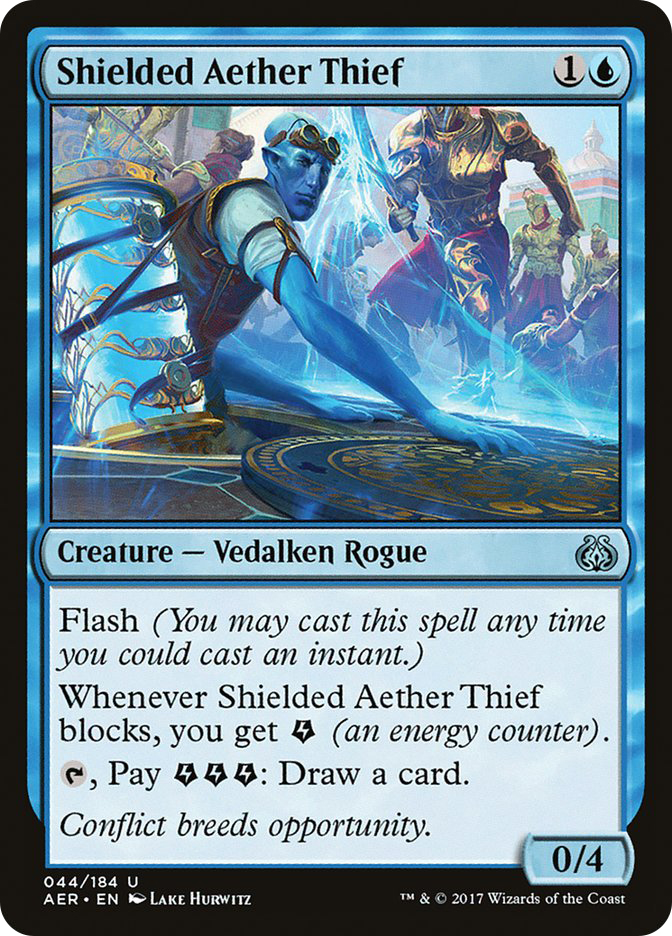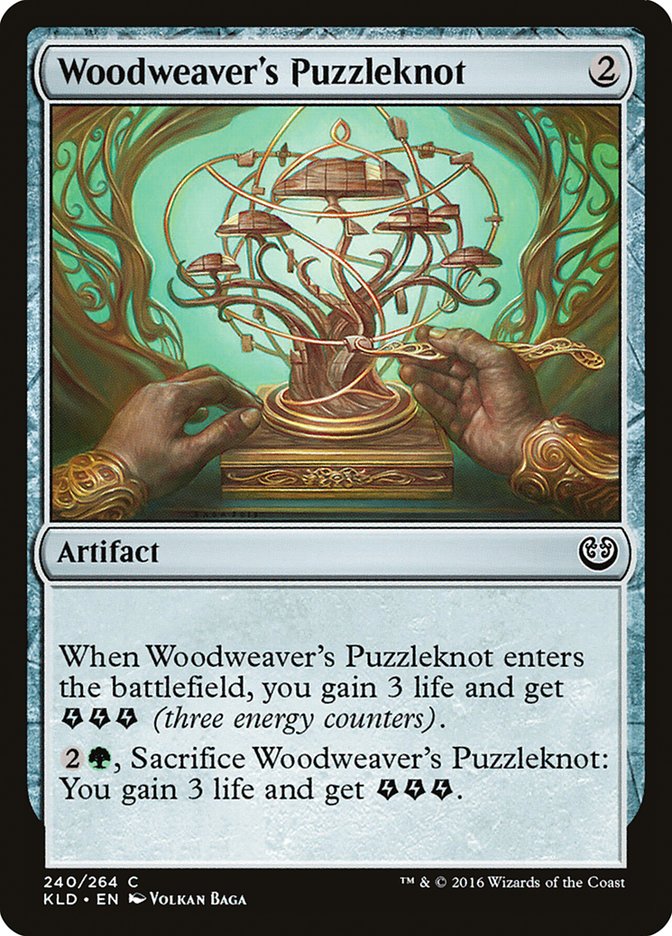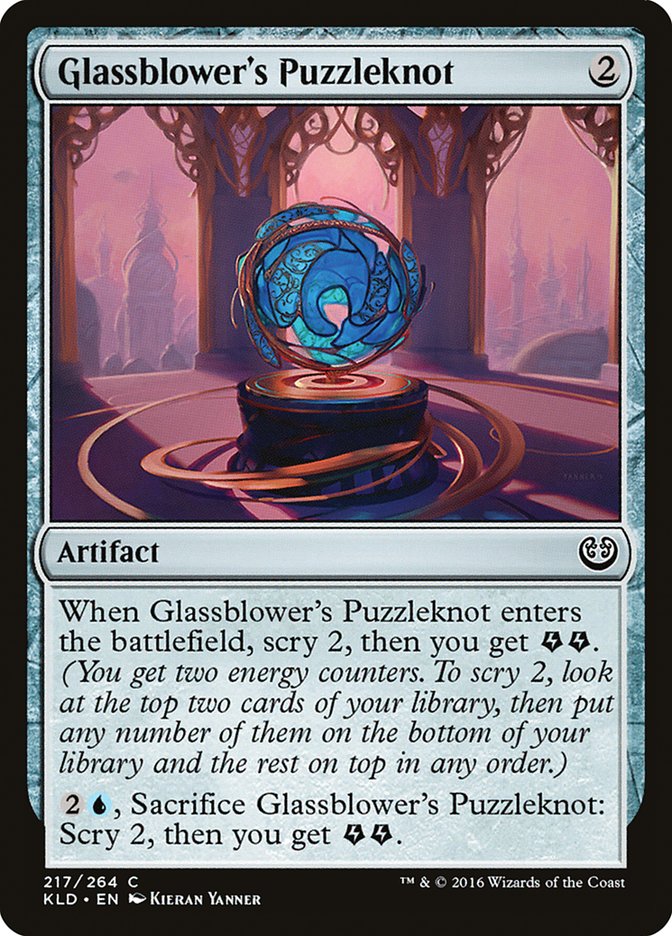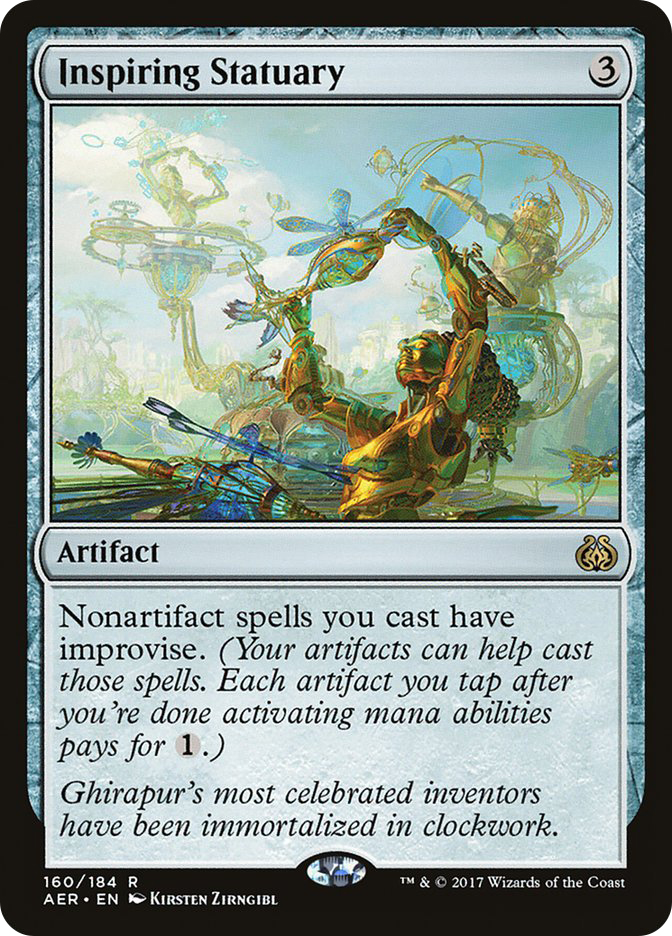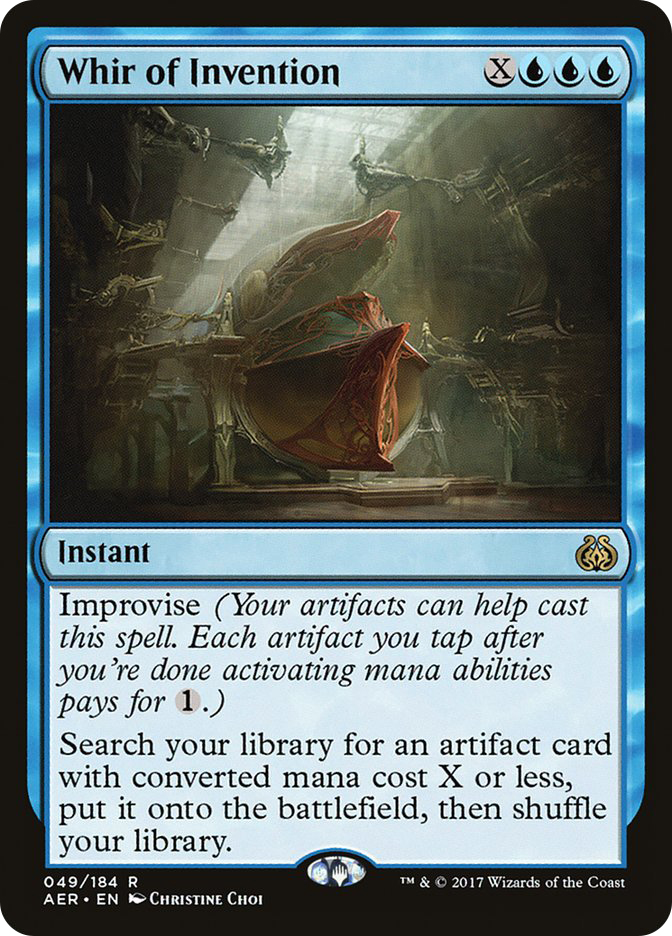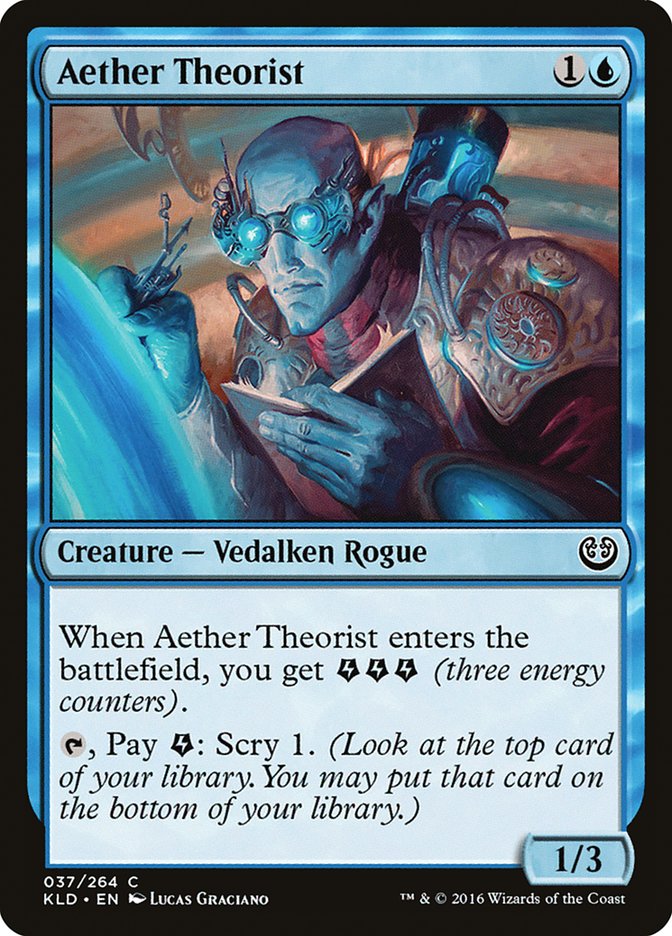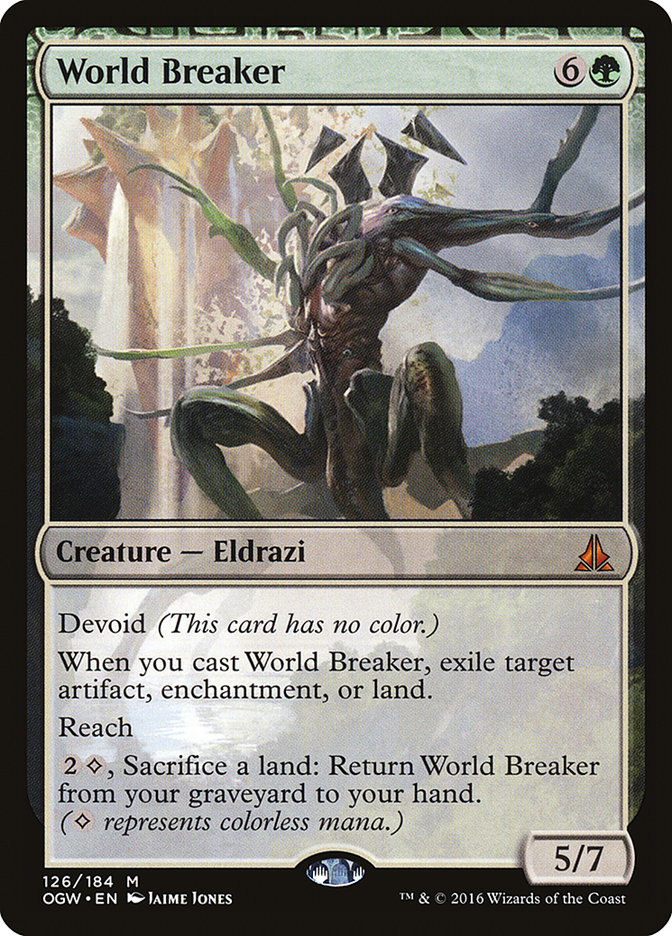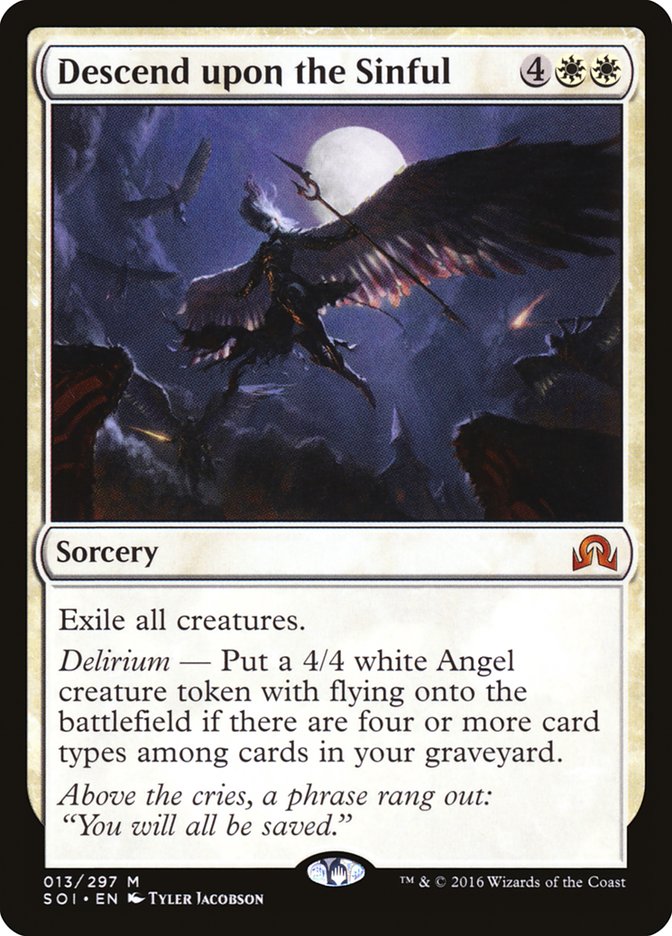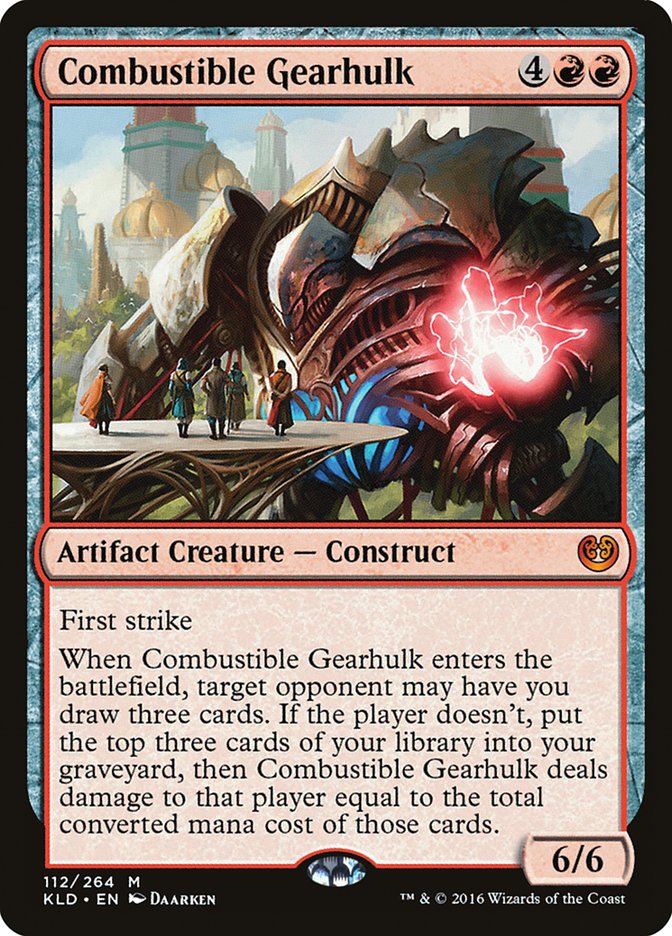So I guess we are riding it out for the next month and a half, navigating a field of particularly aggressive and numerous Cats, generous Snakes, and unkillable insect robots. While some may be taking this opportunity to get some practice in with their chosen Modern deck, a brave few are fighting the good Standard fight and trying to find something, anything that can compete against the three-headed Chimera we have now.
Seriously, we’ll play anything.
This past weekend I was at GP New Jersey as (gasp) a player. I am not sure what mad impulse or momentary lapse of self-control led me to that decision, but here we are. Or rather, there I was. Playing Standard at a Grand Prix for only the second time in my life, despite having judged 30 of them. In a format that has been fairly broadly derided. I should probably seek help.
Of course it turned out to be the best decision I ever made and yielded a 6-0 start, making Day 2 and even a feature match on Day 1, both of which were the goals I set for myself. I wish I could claim that I knew I had a powerful brew going in and that this was the reason for my temporary insanity in booking the ticket, but that would be a solid lie. Every win after the third left me more and more light-headed and incredulous. I was dialed in, playing tightly and seeing success as a result.
Of course things just went downhill from there, but I keep reminding myself that I did far better than I had any expectation of doing and with a deck that was 90% my own creation. That’s basically what I have been working for as a brewer from the first time I played an off-the-wall (and, at the time, very bad) deck of my own design.
Choosing Inspiring Marvel
From what I have been told, deck decision paralysis is all too common before an event. I knew I didn’t want to play Mardu; not only were people going to be expecting it and better-prepared for the inevitable mirrors, it just was not the type of deck I wanted to sleeve up. As I said when being interviewed by the coverage team, I wanted something that had an “I win” button but was not as skill-intensive as the various Saheeli Rai decks.
I have been thinking that Aetherworks Marvel was underrepresented in the metagame for a while. Any card that can do what Marvel does is important to keep in consideration, if only because it sometimes reads “Tap, pay six energy: Win the game.” Not bad for four mana. Marvel decks are by and large going to have similar or identical shells, but there is a surprising amount of room for customization in the remaining slots. My first ideas were Temur at the base; Harnessed Lightning and Whirler Virtuoso are both strong cards with dual roles. While they can both increase our energy count, one can remove almost anything and one can keep the pressure on the opponent or provide a stream of blockers. Although that deck proved solid, it could not seem to beat the Winding Constrictor decks, as it lacked a way to reset a battlefield presence that had gotten away from us.
While switching to white did cost us two very powerful energy cards, it would gain us Fumigate. The importance of that effect was the primary driving force behind choosing white, but there was still one major issue to resolve: hands full of Ulamogs. As the deck only plays 21 lands, it is asking a lot to be able to hard-cast an Ulamog without some help. Mana rocks that do not make energy aren’t especially helpful, so that route is not open to us.
Patrick Chapin and Patrick Sullivan have both said on podcasts that Inspiring Statuary might end up being a mistake to print. While we still have ten-mana giant monsters in the format, a card that makes them essentially free is understandably a worry. We’re already playing fifteen artifacts that we want to cast, and we realistically only need three or four to turn Ulamog from “stuck in my hand” to “winning the game” in the blink of an eye. Playing Statuary gives us two very powerful ways to cast game-ending creatures, but both require different approaches. When you have Ulamog (or any of the finishers after sideboarding) in hand, you want to play to the Statuary plan and keep your artifacts around to tap for “mana.” When you are on the Marvel plan, we want to get to six energy every turn in an ideal situation, although we don’t always need to spend it. As a general rule, I would not switch to Statuary mode until I drew the second Ulamog. After sideboarding, if you brought in additional threats, you could draw two without too much worry, but the third is a breaker.
Card Choices
This is the list I registered on Saturday morning during my surprise bye:
Creatures (11)
Lands (21)
Spells (28)

Immolating Glare isn’t a great card, but it is the best we have outside of black for getting rid of just one thing. Glare doesn’t care if you’re a 3/2 or a 4/4 trampler with a dozen +1/+1 counters – you’re getting blown up. The obvious shortcomings are Scrapheap Scrounger, Felidar Guardian, and Gideon, Ally of Zendikar. Not the greatest set of shortcomings, but we do have other ways of dealing with those cards.
Shielded Aether Thief is good as a surprise blocker but loses a fair amount of utility in multiples. Against some decks it dissuades attacks, but it often just acts as a speed bump that makes you a couple of energy in the process. In the best-case scenario it draws you a card or two in the process. Rogue Refiner plays a similar role, though it is always going to draw you a card and will sometimes trade off with an attacker or get in for a few points of damage. It doesn’t often win games like Whirler Virtuoso can, but with this deck we are pretty much all-in on one way to win the game. Everything else is designed to prevent us from dying until that point.
The artifact package looks a lot like that of most Aetherworks decks with the green and blue Puzzleknots. Woodweaver’s Puzzleknot does exactly what it says on the tin: it keeps you alive and gives you the biggest energy boost. I actually think that Glassblower’s Puzzleknot is the better card, especially when you are about to spin the Marvel. It might seem obvious, but scry 2 is much better than scry 1 and that difference is all the more pronounced when there are cards that you do want on top of your library but do not want to draw. Prophetic Prism is a big help in a deck that has WW and UUU requirements and does not often want to spend its energy or life points on making the correct color.
We know why Inspiring Statuary is here, but don’t overlook the fact that it can help you cast things other than Ulamog. Fumigate, a card which has saved my bacon more than I care to count, is a prime candidate for this because we can often then follow up with a Rogue Refiner.
If there is a powerful tutor in any given format, I am at least going to give it a look. Whir of Invention has two obvious uses in this deck, acting as Aetherworks Marvel five and six or the third and fourth Inspiring Statuary. I have also used it to search up a Woodweaver’s Puzzleknot more than once, but clearly that’s a fringe case. Being able to search up Aetherworks Marvel out of nowhere and then immediately spin it has surprised more than one opponent, but the sweetest use is when they cast Transgress the Mind and take your Aetherworks Marvel, leaving you with Whir of Invention and an Ulamog. And then they lose.
One thing people do not do enough is wait to spin their Aetherworks Marvel. When your deck contains cards like Fumigate and Confiscation Coup and the format contains cards that are only creatures on the opponent’s turn, it is often smarter to wait until the opponent’s turn to go for a spin. Doing it this way has enabled me to steal a Gideon and block a Knight Ally token with it, to steal a Heart of Kiran and block an Aethersphere Harvester, to kill two Vehicles and a Needle Spires with a Fumigate, and to Fumigate away 485 million Felidar Guardians.
The sideboard was mostly aimed to beat Lost Legacy and Mardu, but I think I made a couple of mistakes which we will get to in a moment. Kozilek, the Great Distortion is a vastly underrated card that at worst makes them discard a removal spell and lets you draw a bunch of cards. Longtusk Cub is a great surprise factor against decks that side out things like Fatal Push, and one that can win in a hurry when a deck is naturally trying to gain large amounts of energy anyway.
Moving Forward
I dropped from the Grand Prix after losing Round 12 because I was out of the running for any money and had already met my goals. I do think there is something here with this deck, but we’re not quite there yet. Some thoughts on possible changes:
Aether Theorist is an interesting idea. Scrying can be very valuable in this deck, possibly more valuable than drawing a card when you have Aetherworks Marvel. It also makes three energy on turn 2 and blocks reasonably well. I might want this over the Shielded Aether Thief and maybe one other slot, at least to start with. In a similar vein, multiple times during the event I wished that Immolating Glare was something else. Sometimes I wanted it to be Stasis Snare, but most of the time I wanted Aether Meltdown. Both are excellent answers to Heart of Kiran and Scrapheap Scrounger, and although Stasis Snare does handle Gideon, it doesn’t give you energy.
World Breaker definitely belongs in the maindeck. It blocks every threat in the big decks, hits hard, and exiles problematic permanents on casting. Having only four big hits for Marvel in Game 1 is risky, and although Confiscation Coup has some very powerful uses in some matchups, it does not belong in the maindeck when we are also playing Fumigate. If not World Breaker, perhaps Void Winnower or some other huge bomb that ends games. I like World Breaker best because it is both reasonable to cast from your hand and a powerful enough option from Marvel that you don’t feel cheated.
One card that was suggested to me by Michael Flores is Descend upon the Sinful. Delirium is not unheard-of in the deck, though it is unusual; however, the exile effect is reason enough to play Descend because it both removes Gideon, Ally of Zendikar and permanently deals with Scrapheap Scrounger. The extra mana is a concern, as is the lack of lifegain, but there’s always a trade-off.
I would like to have a couple more options in here for Whir of Invention. The Temur version had a Combustible Gearhulk I could search for in a pinch, which had the accidental upside of potentially flipping over an Ulamog and dealing ten damage to the dome. I think Cataclysmic Gearhulk is terrible here, but perhaps something like Multiform Wonder could be of use. Being flexible, energy-generating, and able to recoup lost life are all points in its favor, and for a reasonable cost.
I had a blast this past weekend, despite the last few rounds going poorly. So much so that I had to submit this article late, and even now I am still feeling it. Therefore, that’s all we have time for this week, folks. As always, thanks for stopping by, and until next time…Brew On!



